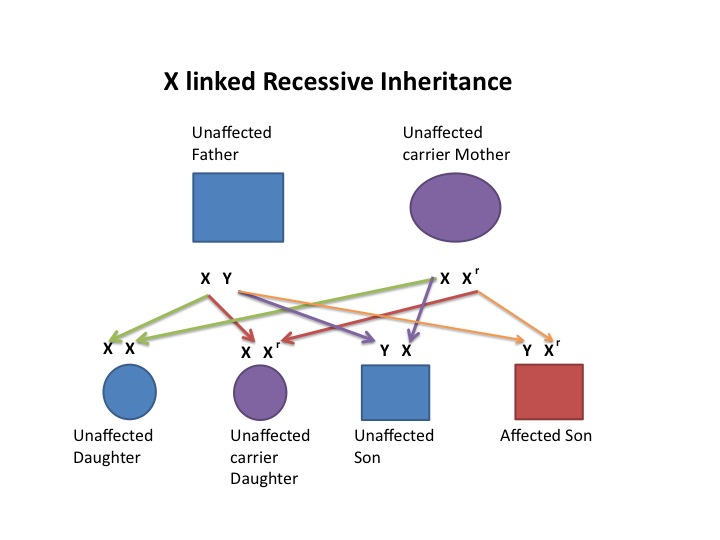
One-third of all instances are believed to represent novel familial mutations (not inherited from the mother). Female carriers, on the other hand, do not always exhibit these symptoms. Female bearers of the gene may exhibit modest symptoms of Factor VIII insufficiency, such as bruising quickly or bleeding more slowly than normal when cut. Factor VIII infusion therapy is available (blood transfusion). The majority of cases are caused by haemophilia A. Hemophilia B (Factor IX deficiency) affects around one in every 20,000 live male births. Hemophilia A (Factor VIII deficiency) affects around 1 in 4500 live male births. Individuals with haemophilia A are prone to bruising and may experience internal bleeding into their joints and muscles. This leads to excessive bleeding that will not stop, even from a minor cut. Hemophilia A is a blood clotting condition caused by a shortage of a clotting factor called Factor VIII. Males are more frequently affected than females due to the gene’s location on the X chromosome. There are no major issues nevertheless, affected persons may be disqualified from certain vocations that require colour recognition, such as transportation or the Armed Forces. Red-green colour blindness is a term that refers to an individual’s inability to distinguish between colours of red and green (usually blue-green). Red-green colour blindness and haemophilia A are two examples of X-linked recessive disorders. Males are more frequently impacted than females as a result of these percentages. The ensuing sons will have a 50% probability of being impacted (mother is a carrier), or a 100% chance of being affected (mother is affected). The last pattern seen is that X-linked recessive characteristics tend to skip generations, which means that an affected grandfather will not have an affected son but may have an affected grandson via his daughter.įurther explained, all daughters of an affected male would inherit his mutant X and will then be carriers or affected, depending on the mother.A well-known example of this pattern of inheritance is that of Queen Victoria’s descendants and the blood illness haemophilia. Because women have two X chromosomes, they must inherit two mutant recessive X chromosomes (one from each parent). This is because males have only one X chromosome and hence require only one mutant X to be affected. Second, males exhibit more X-linked recessive characteristics than females.This suggests that males with X-linked recessive disorders inherited the X chromosome from their mothers. The first is that affected men are unable to pass on X-linked recessive features to their sons because fathers give their sons Y chromosomes.

In humans, the inheritance of X-linked recessive characteristics follows a distinct three-point pattern. However, a son has a 50% chance of inheriting the gene and manifesting the characteristic or condition. There is a 50% chance that sons will be healthy if they do not have the gene. There is a 50% possibility that a daughter will lack the gene and hence be unable to pass it on. For instance, a woman may inadvertently inherit a recessive gene on one of her X chromosomes and pass it on to her son, who will express the feature.ĭaughters have a 50% probability of carrying the gene and passing it on to the next generation. However, males require only one copy of an X-linked recessive gene to express the characteristic or illness. Females express X-linked recessive genes only if there are two copies of the gene (one on each X chromosome). The Y chromosome’s genes do not always correspond to the X chromosome’s genes. Their expression is not identical in females and males. The X chromosome’s genes can be recessive or dominant. Males have one X and one Y chromosome females have two X chromosomes. The term “X-linked inheritance” refers to the fact that the gene responsible for the characteristic or condition is situated on the X chromosome. However, certain disorders are more prevalent in females, such as Rett syndrome, which is also caused by an X chromosomal mutation. Individuals may be familiar with the X-linked diseases such as haemophilia A, and Duchenne muscular dystrophy.

That is because, while females have two X chromosomes, the chromosome that is not mutated can frequently compensate for the mutated X chromosome. When males are mutated, the majority of genes on the X chromosome exhibit a phenotype. Males have an X and a Y chromosome, while females have two X chromosomes. Therefore, the X chromosome is one of two sex chromosomes found in humans. X-linked genes are those that are located on the X chromosome.


 0 kommentar(er)
0 kommentar(er)
